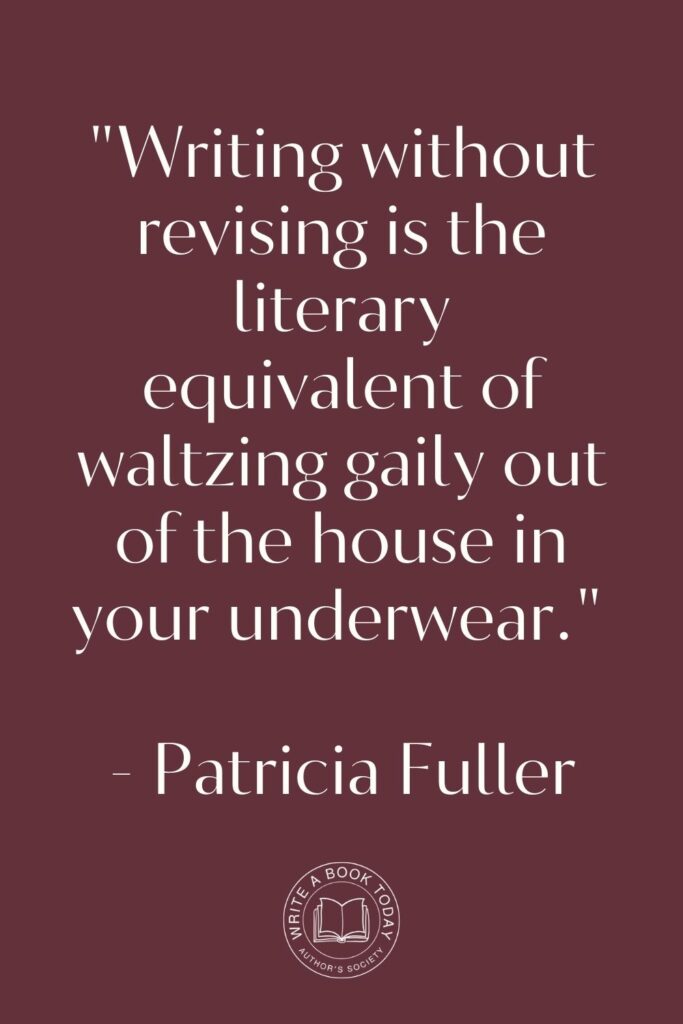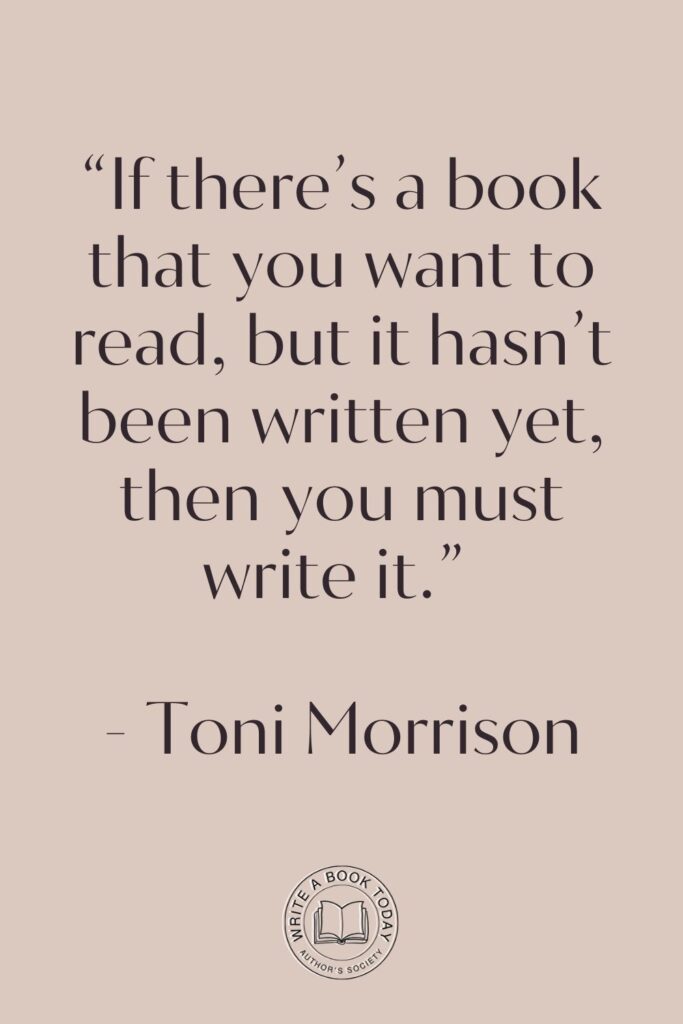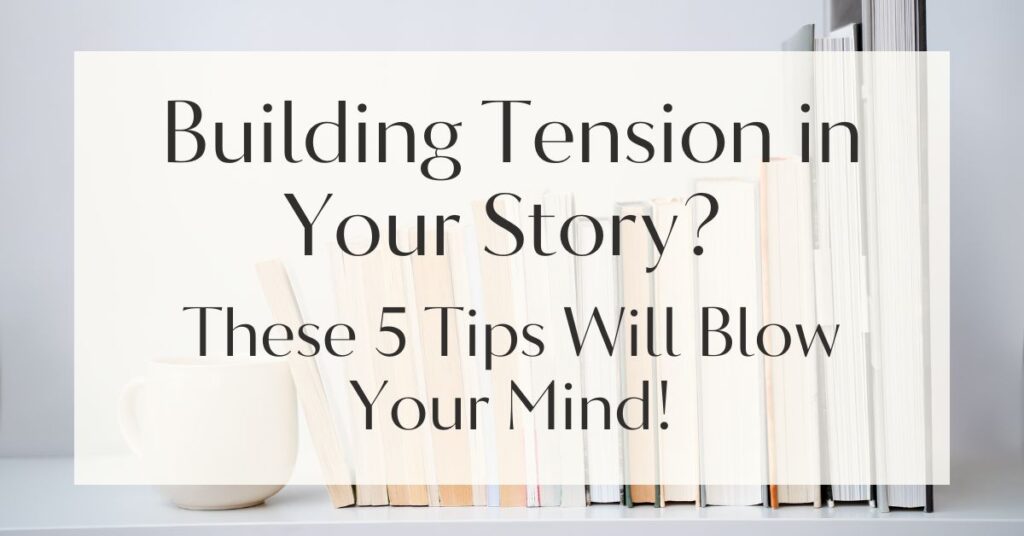Have you ever felt your heart race as you turned the pages of a novel, desperate to find out what happens next?
This gripping sensation is the magic of building tension in storytelling. It’s the secret sauce that transforms a mundane narrative into a captivating journey.
In this guide, we’ll explore why tension is crucial for engaging readers and how you can master it to elevate your storytelling prowess.
Understanding Building Tension in Storytelling
In the world of storytelling, tension is the invisible thread that keeps readers glued to the page. It is the promise of conflict and the anticipation of resolution that stirs emotions and fuels the narrative engine.
Without tension, a story might fall flat, failing to capture the reader’s imagination or sustain their interest.
The Importance of Tension in Your Narrative
Tension serves as the heartbeat of your narrative, providing the rhythm that propels the plot forward. It is the spark that ignites emotional engagement, making readers care about the characters and their fates.
Whether it’s the ticking clock of a thriller or the simmering conflict of a drama, tension ensures that your story remains vibrant and compelling.
No marketing platform? No social following? No problem!
Publisher Rocket helps you market your debut novel like a pro.
It’s a gamechanger for debut authors – try it today!


How Tension Engages Readers
Engaging readers isn’t just about crafting beautiful prose; it’s about creating an emotional investment. Tension taps into the primal human desire for resolution, keeping readers on edge as they yearn to see how the story unfolds.
By strategically building suspense in writing, you captivate your audience, making them active participants in the narrative journey.
Key Elements of Tension in Storytelling
Several elements contribute to effective tension-building in storytelling. These include high stakes, conflict, pacing, and character development.
Each element plays a critical role in creating a narrative that is both dynamic and emotionally resonant.

Five Essential Techniques for Building Tension
Let’s dive into five powerful techniques that will help you master the art of building tension in storytelling.
These methods will not only enhance your narrative but also keep your readers eagerly turning the pages.
Technique 1: Create High Stakes
High stakes are the backbone of any tension-filled story. They provide the “why” that drives the plot and motivates characters.
When the consequences of failure are dire, readers become emotionally invested, rooting for the protagonist to succeed against all odds.
Tip: To create high stakes, ask yourself what your protagonist stands to lose.
Is it their life, their loved ones, or their dreams?
The higher the stakes, the more intense the tension.
Feeling lost with your debut novel?
Fiverr Pro connects you with expert editors, designers, and marketers – everything you need to get your book ready for success!

Technique 2: Use Conflict Effectively
Conflict is the fuel that powers your story’s engine. It’s the clash between opposing forces that creates drama and propels the narrative forward.
Effective conflict doesn’t always have to be physical; it can be internal, moral, or even ideological.
Consider the classic hero-villain dynamic or the internal struggle of a character grappling with their own fears and desires.
By weaving conflict into your narrative, you create a rich tapestry of tension that captivates readers.
Technique 3: Master the Art of Foreshadowing
Foreshadowing is a subtle yet powerful tool for building suspense in writing. By dropping hints about future events, you create anticipation and intrigue.
This technique keeps readers guessing, eager to see if their predictions come true.
Tip: Use foreshadowing to plant seeds of doubt or hint at upcoming twists. This not only heightens tension but also adds layers of complexity to your narrative.

Technique 4: Incorporate Cliffhangers
Cliffhangers are a tried-and-true method for maintaining suspense. By ending a chapter or scene at a pivotal moment, you compel readers to keep going, desperate to know what happens next.
This technique is especially effective in serialized storytelling, where each installment leaves the audience craving more.
Technique 5: Balance Pace and Tension
Pacing is crucial in maintaining the delicate balance of tension in your story. Too slow, and you risk losing your reader’s interest; too fast, and you might overwhelm them.
By varying the pace, you can control the ebb and flow of tension, creating a dynamic reading experience.
Tip: Use short, punchy sentences to quicken the pace during action scenes, and longer, more descriptive passages to slow it down and build suspense.
Google Docs is for notes. Scrivener is for novels. Upgrade your writing game and try it for free today!

Practical Examples to Illustrate Techniques
Let’s explore some practical examples to see these techniques in action. By analyzing popular novels and films, we can gain insights into how master storytellers build and sustain tension.
Case Study: Tension in Popular Novels
Consider J.K. Rowling’s “Harry Potter” series, where the looming threat of Voldemort creates a constant undercurrent of tension. Each book raises the stakes, culminating in a climactic showdown.
Similarly, in George R.R. Martin’s “A Song of Ice and Fire,” political intrigue and unpredictable plot twists keep readers on edge, wondering who will survive the next twist of fate.
Analyzing Suspense in Film and Literature
Alfred Hitchcock’s films are renowned for their mastery of suspense. In “Psycho,” Hitchcock uses foreshadowing and misdirection to create a sense of unease, culminating in the infamous shower scene.
In literature, Agatha Christie’s “And Then There Were None” employs mysterious suspense to keep readers guessing until the final revelation.
| Technique | Example | Impact |
|---|---|---|
| High Stakes | “The Hunger Games” by Suzanne Collins | Creates urgency and emotional investment |
| Conflict | “To Kill a Mockingbird” by Harper Lee | Drives plot and develops characters |
| Foreshadowing | “The Sixth Sense” by M. Night Shyamalan | Builds anticipation and intrigue |
| Cliffhangers | “Stranger Things” (TV Series) | Keeps audience engaged and eager |
| Pacing | “The Da Vinci Code” by Dan Brown | Maintains suspense and momentum |

Common Mistakes to Avoid When Building Tension
Even seasoned writers can stumble when it comes to building tension. Here are some common pitfalls to watch out for, along with tips on how to avoid them.
Tips for Sustaining Reader Engagement
One mistake is letting the tension fizzle out too soon. To sustain engagement, maintain a steady stream of conflict and suspense. Introduce new challenges and complications to keep the narrative fresh and exciting.
Tip: Avoid resolving conflicts too quickly. Let the tension simmer, giving readers time to invest emotionally in the outcome.
The Role of Character Development in Tension
Flat characters can undermine tension, as readers may struggle to connect with them.
Develop your characters fully, giving them flaws, desires, and motivations. This depth makes their struggles more relatable and the tension more impactful.
Final Thoughts on Crafting Tension in Your Writing
Mastering the art of building tension in storytelling is a journey, one that requires practice, patience, and a keen understanding of your audience.
By employing the techniques outlined in this guide, you can craft narratives that not only captivate readers but also leave a lasting impression.
Remember, tension is the heartbeat of your story – keep it strong, and your readers will be eager to follow wherever it leads.








